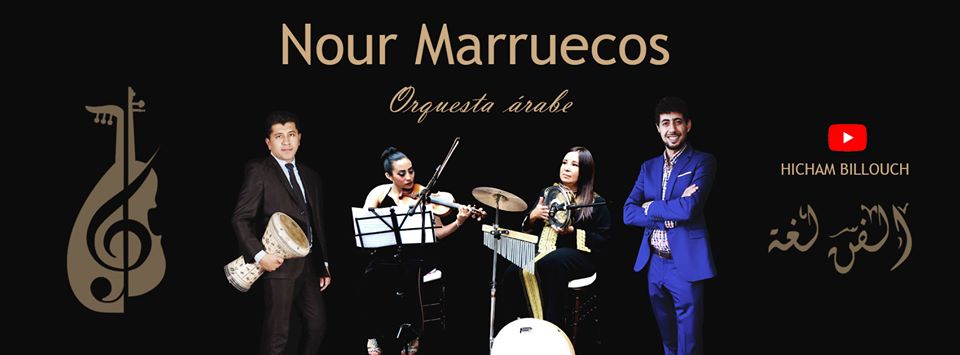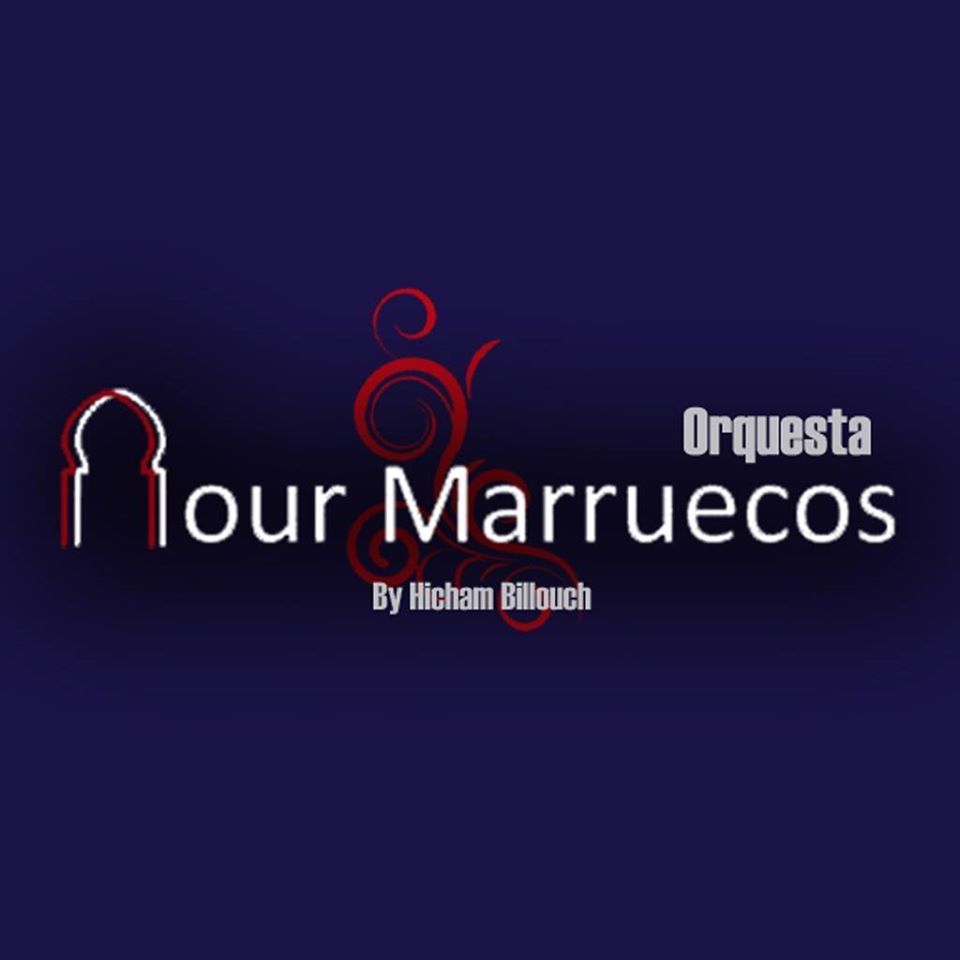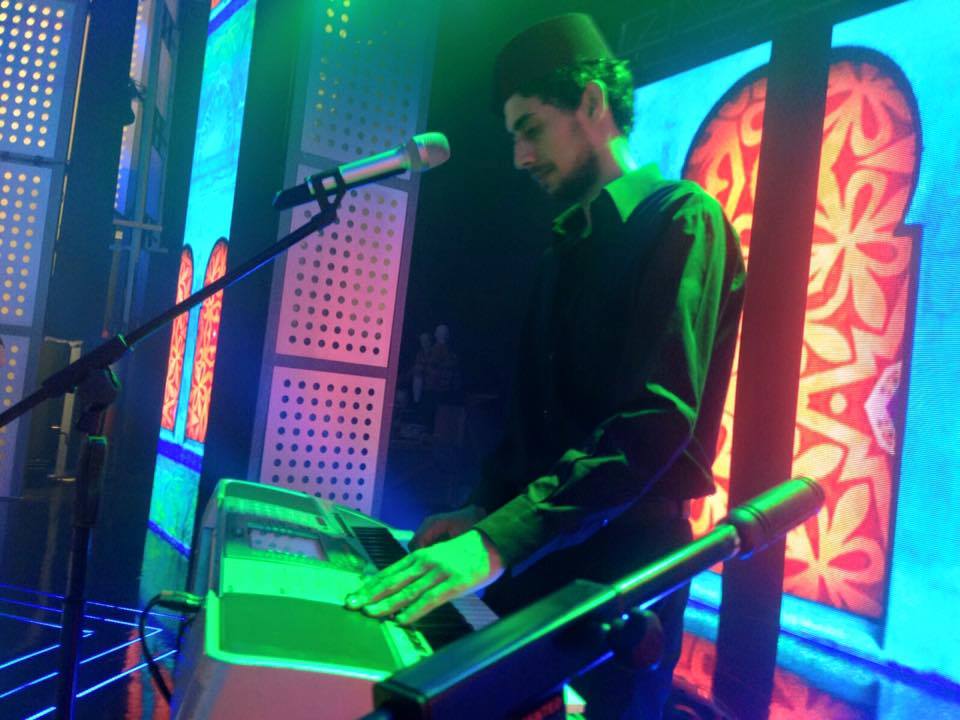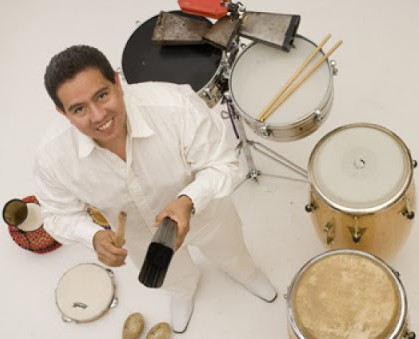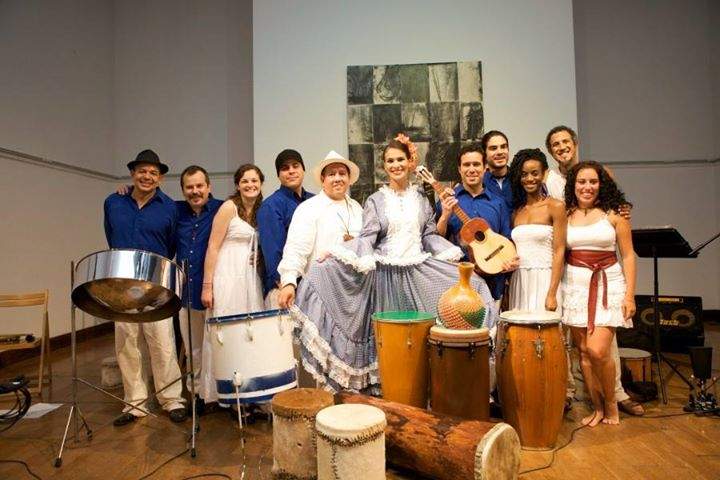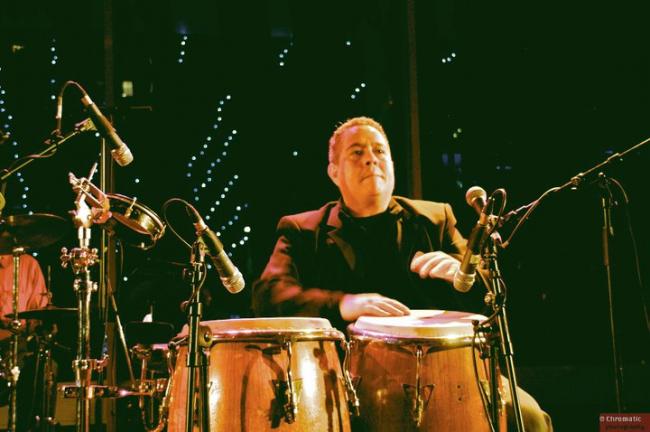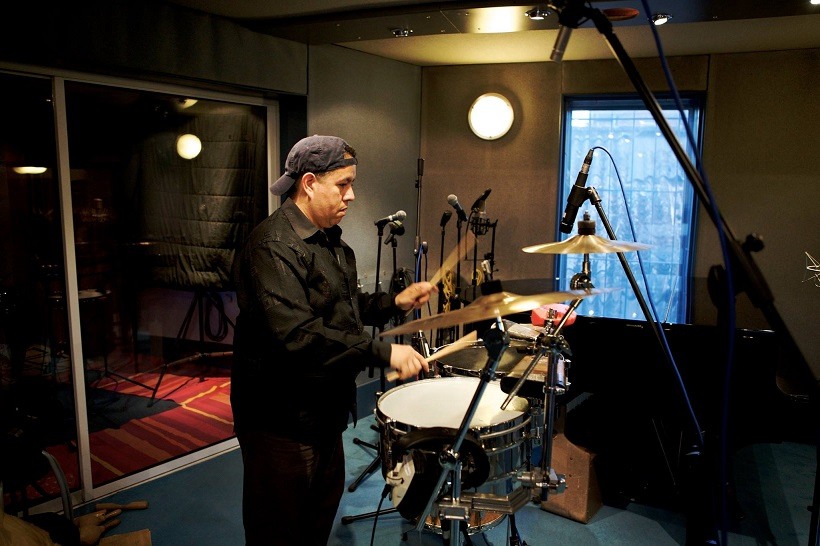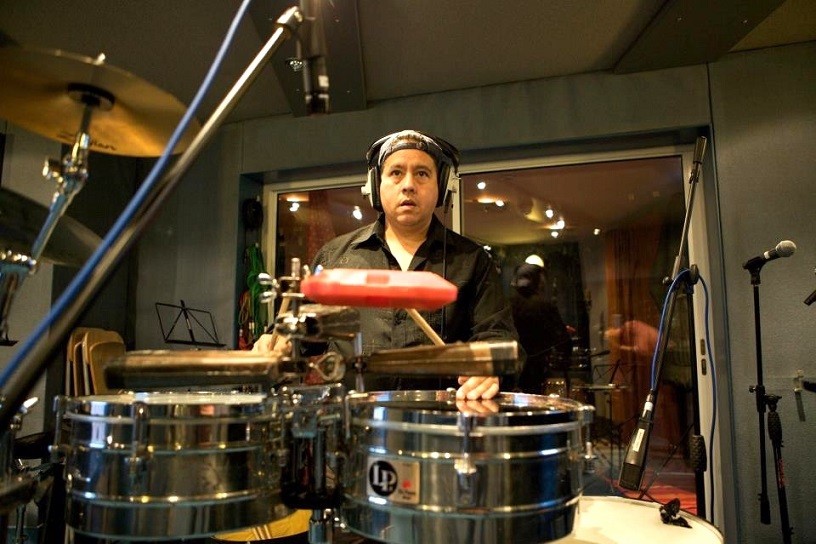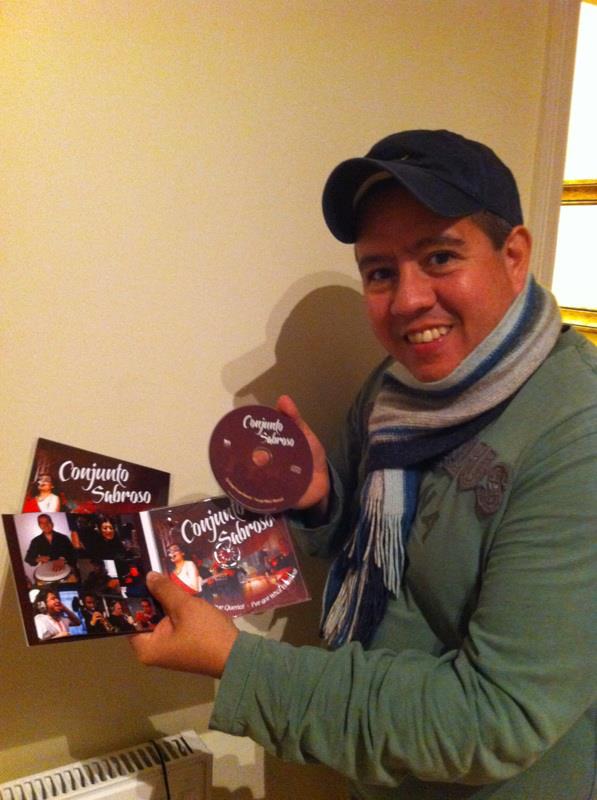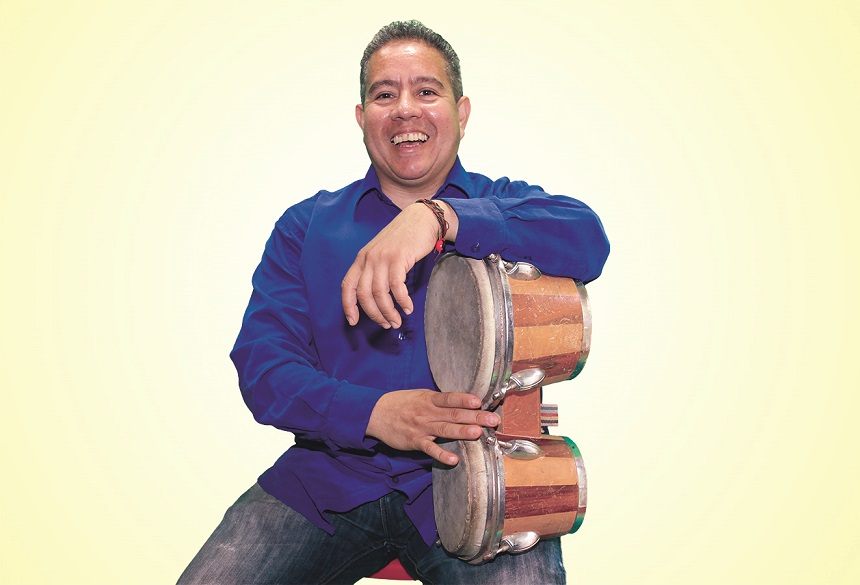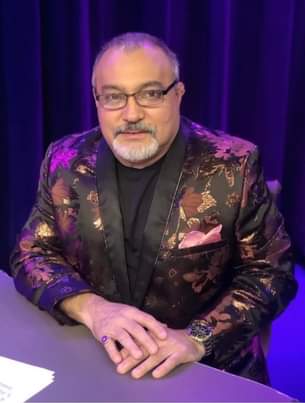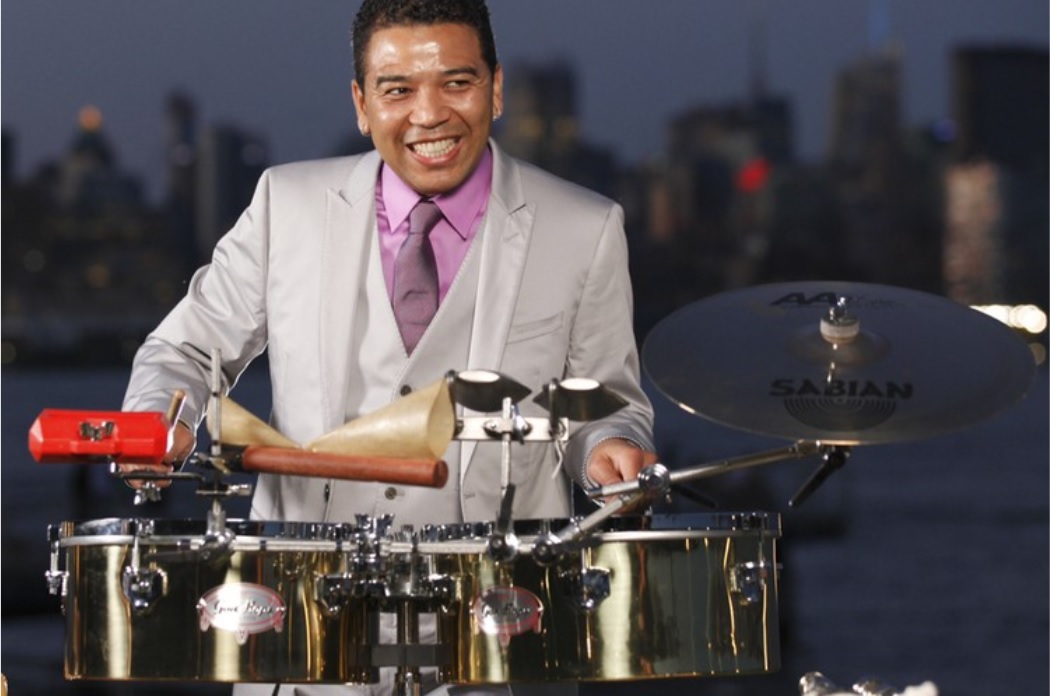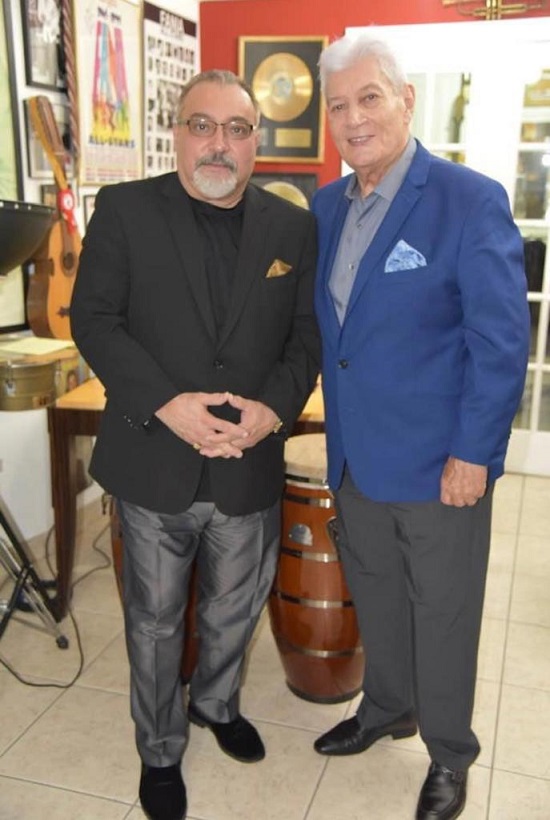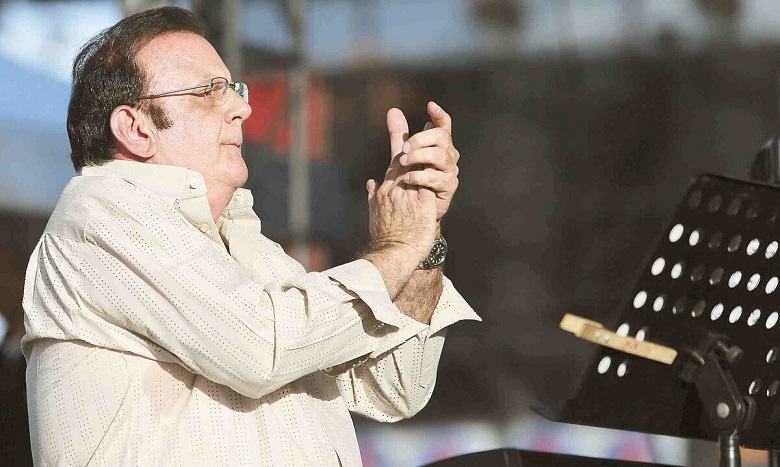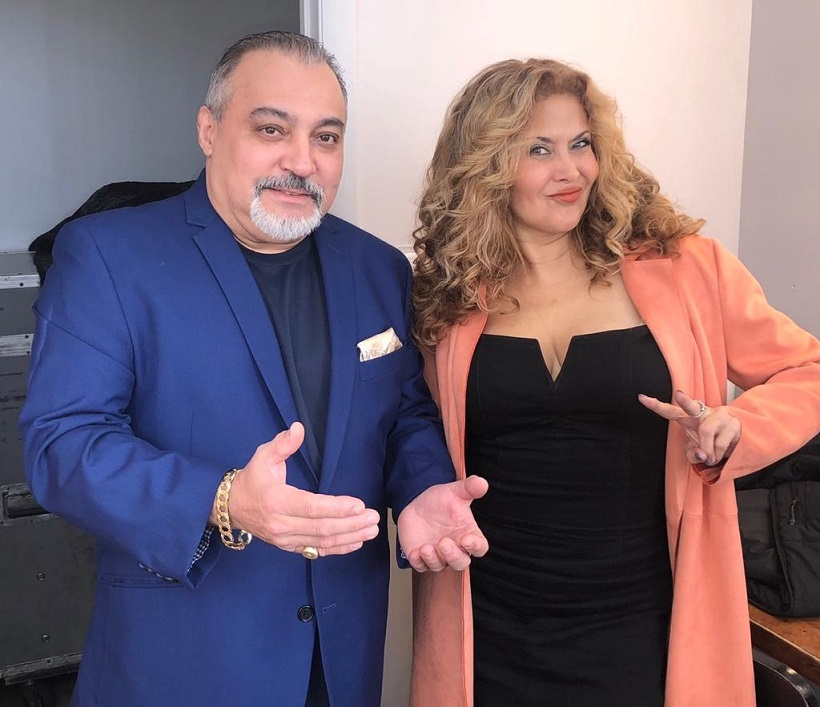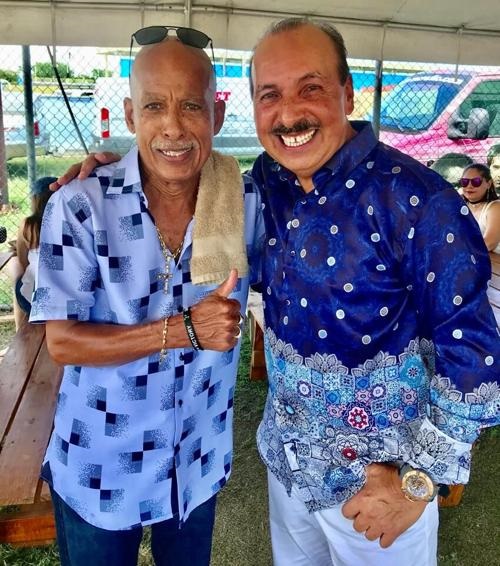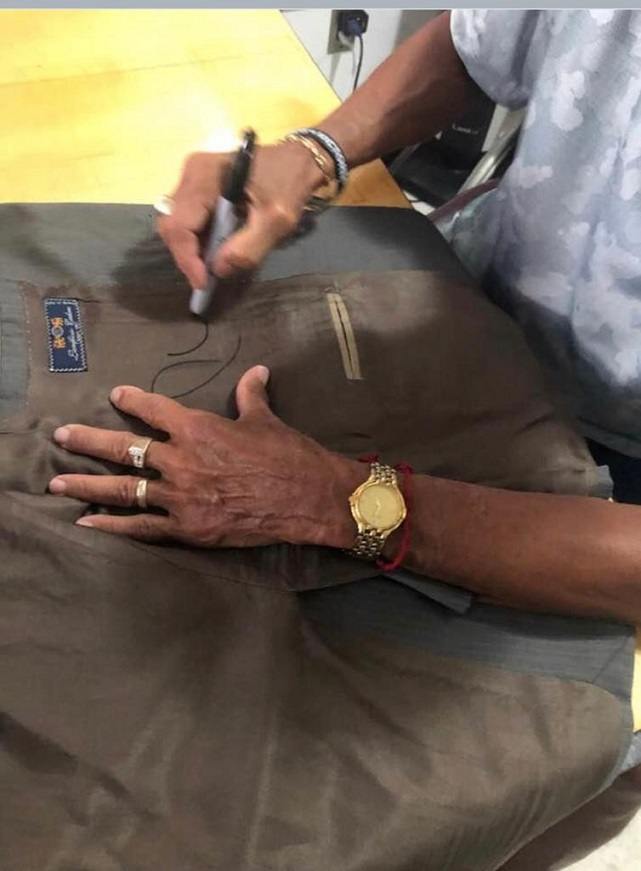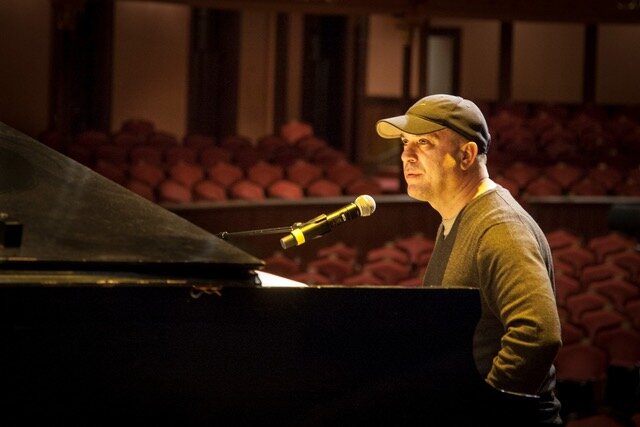USA / Hawaii / Honolulu
Rolando Sanchez: Percussionist, Singer, Composer, Producer and leader is the best selling Latin American artist in Hawaii
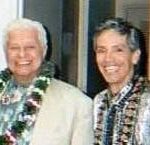
Rolando Sanchez Percussionist – Singer – Songwriter – Producer, leader of Hawaii’s Premiere, longest running, bestselling Latin recording artist from Hawaii.
In this Site you will experience the history and achievements of this musical Family called “SALSA HAWAII” for over 20-years, performing, recording, touring and just sharing the love and ALOHA of our Latin Music Wolrdwide.
With CDs sold Worldwide and the number of awards and accolades from press, government, musical organizations, community organizations, locally, nationally and Internationally.
HONOLULU TROPICAL
Celebrating 20 years of Latin Music in Hawaii Rolando Sanchez Salsa Hawaii Singer, Songwriter, Percussionist (timbales-congas-bongos-drums) Recording Artist, and Producer. Born in Masaya, Nicaragua, to a musical, artistic family; his father, an accomplished songwriter, pianist, and singer.
His mother also played piano and sang as with most of his immediate family. His musical influence began at a very young age playing drums with neighbourhood kids emanating the music of the time (i.e.: Beatles, Trini Lopez, Paul Anka, etc.).
In his early teens he began listening to more Latin music styles, which formed the basis for his music today. The bands that influenced him at the time were Tito Puente, Celia Cruz, Billo’s Caracas Boys, Sonora Matanzera, Sonora Santanera, Daniel Santos, and a Nicaraguan band Los Satelites del Ritmo.

In the late 60s, the family relocated to San Francisco, California where he grew up and truly realized that music was to be his life. The music scene in the Bay Area at this time was very diverse. He delved in all the different styles.
During that time, Latin music was beginning to blossom and all kinds of Latin-style bands such as The Aliens, Latin Bloods, Los Beamers, Bandido, Unidad 77, and Limbo began to play in and around the Bay Area.
Cesar’s Club was THE place to be to experience the best Latin musicians (Pete and Coke Escovedo, Roger Glenn, Luis Gazca, Pablo Telles, Victor Pantoja, performing live.
That’s when Rolando Sanchez realized his passion for Latin music and particularly Timbales. Then it happened! Santana Band came out and proved to be the biggest inspiration for all Latin musicians in the Bay Area (the world) including Rolando. It seemed that Latin bands were coming out of the woodwork: Azteca, Malo, Sapo, Dakila, and Salsa De Berkeley to name a few. He played with different bands in San Francisco’s Latin music scene and shortly thereafter, decided it was time to start his own band called SOLAR; they played a mixture of Latin rock and Latin jazz fusion
Rolando Sanchez and his brother Mario (still playing congas with Bay Area bands) were also some of the guys hanging out at Dolores Park in the Mission District playing congas and timbales along with such notables as Raul Rekow, Karl Perazzo, Chepito Areas, Carlos Badia, John Santos, and many other well-known Bay Area Latin percussion artists of today.
His band gained popularity and started playing the circuit where he met and befriended such artists as Pete and Sheila E. and Master Armando Peraza who helped develop his affinity for percussions.
While playing in the Bay Area, SOLAR was billed with bands like Azteca, Azuquita, Sapo, Cal Tjader, Cesar’s All-Star Band, Willie Bobo, and others.
After their break-up, he formed the band SUNSMOKE together with his uncle, Freddie Velasquez, who had just returned to the Bay Area from touring the country with the Phil Driscoll Band. SUNSMOKE quickly became well-known in the Bay Area and they toured the west coast and Canada where they opened for blues master B.B. King and performed at the Canadian Rock Festival with bands from all over the world.
After a couple of very busy years, including recording some demos for major record labels, they broke up and Rolando spent some time in Los Angeles checking out the music scene there. Upon returning to the Bay Area, he joined MESSIAH, one of the hottest Funk/Gospel/Rock/Disco bands. Their single, “Get up on Your Feet and Dance”, became a hit in the International disco scene. MESSIAH then went on to Japan where they enjoyed instant success and toured for 4 months. Shortly after their return, the band broke up and the Rolando Sanchez Band was born. Composing and writing his own material, Rolando released his first single cassette with two original songs, “She’s the Lady” and “Cold Hearted Woman”.

She’s the Lady” was made into a music video shown on local stations on both east and west coasts at the very beginning of the MTV movement. It featured some of the Bay Area’s nest musicians including vocalist Jo Baker (Elvin Bishop Band). After being in the Bay Area for nearly 20 years, Rolando felt the need for a change of pace in his life. In 1984, he visited his sister in Hawaii and the rest, as they say, is history.
Not long after arriving in Honolulu, Rolando decided to make it his home and the place where he would throw his musical fate to the wind.
- His very first musical engagement in Honolulu was at the Waikiki
Shell with one of Hawaii’s hottest singer/songwriters of that year, Mr. Audy Kimura, in celebration of 25 Years of Statehood. This made it all the more clear to him that he was in the right place.

